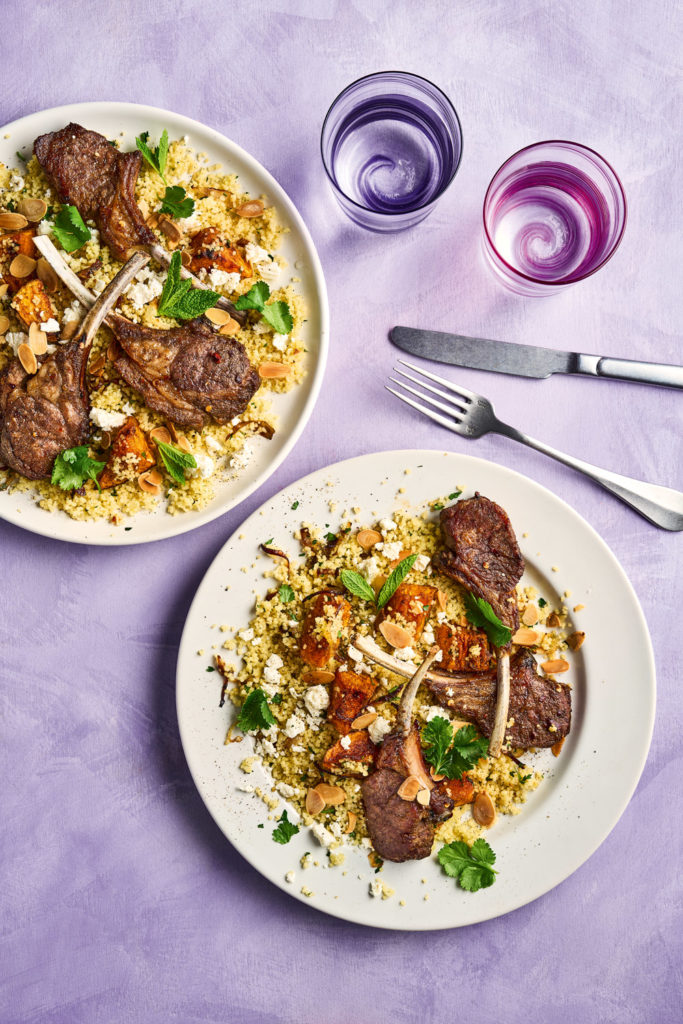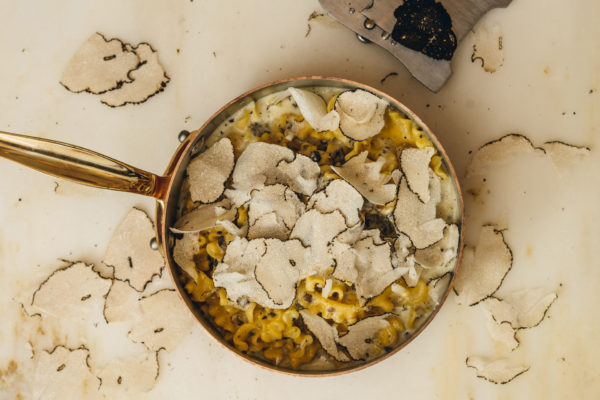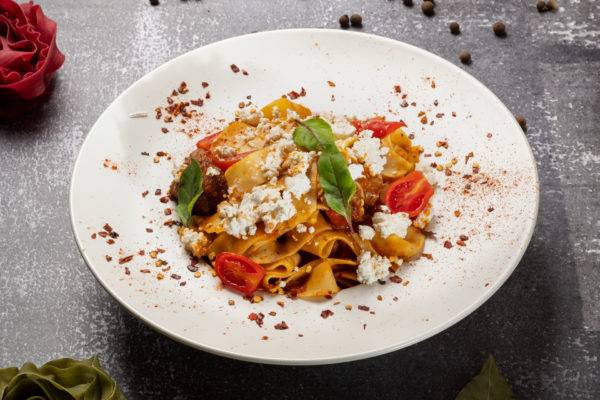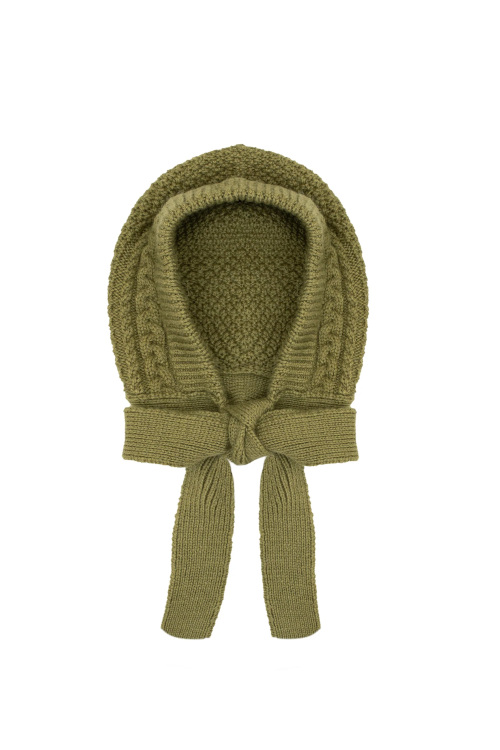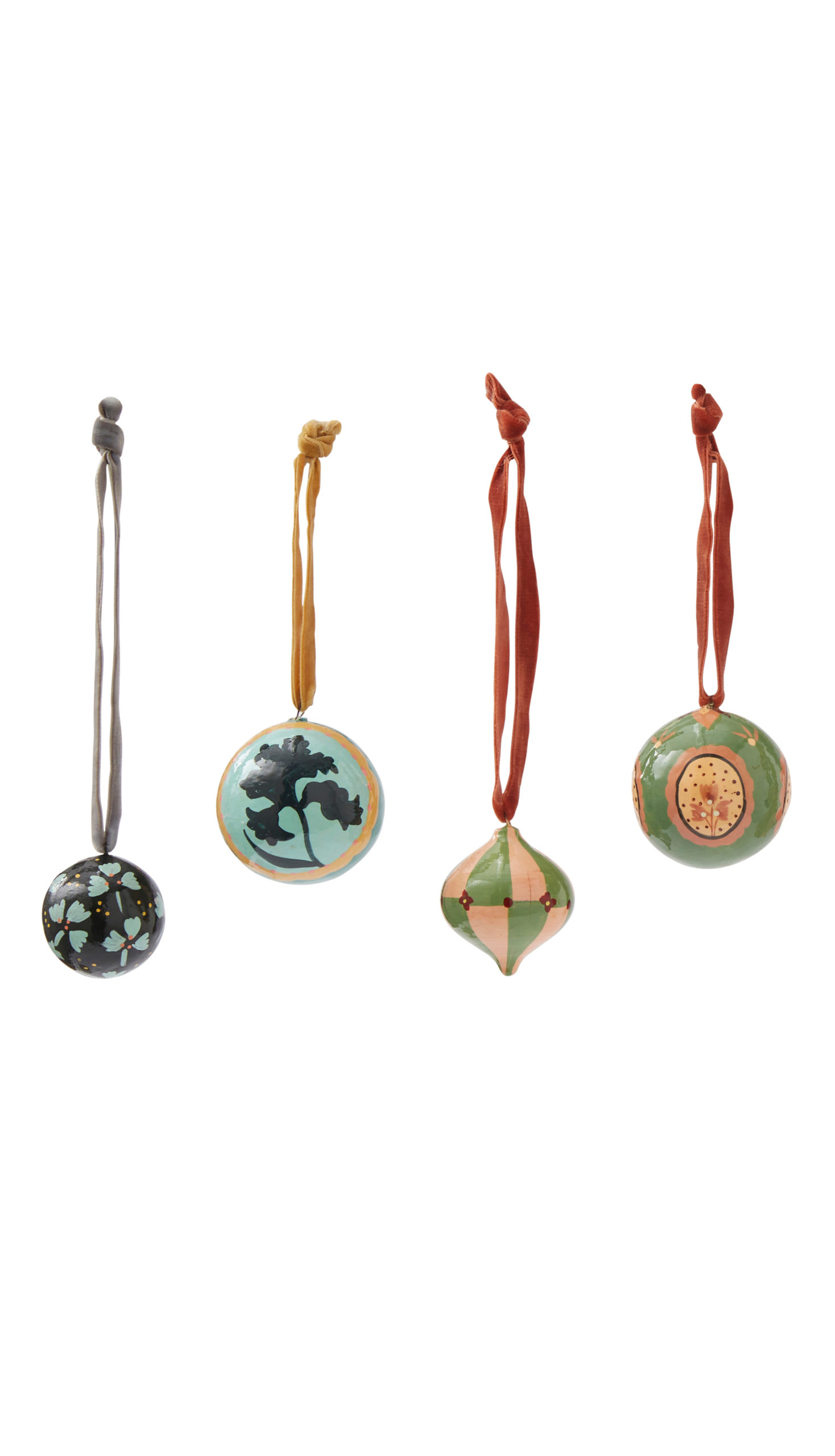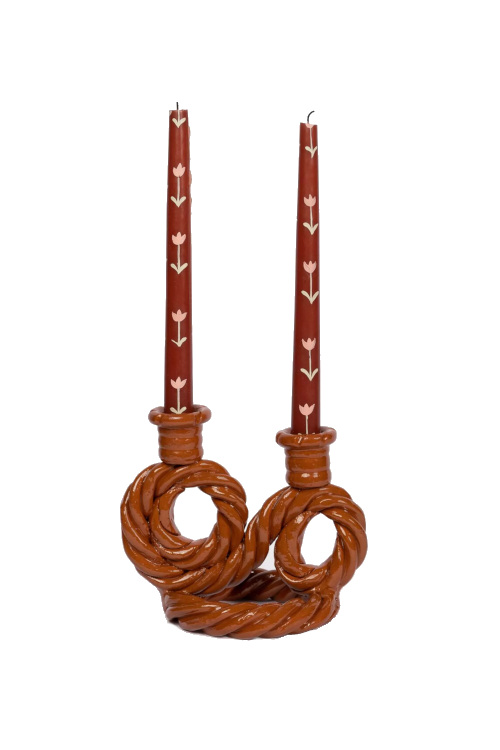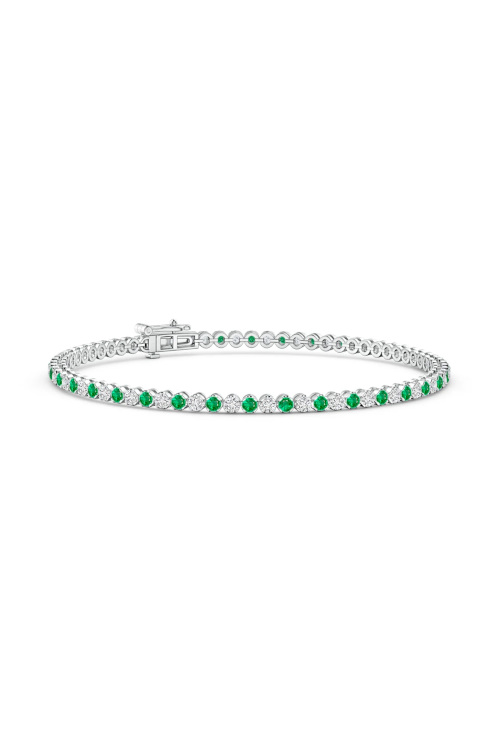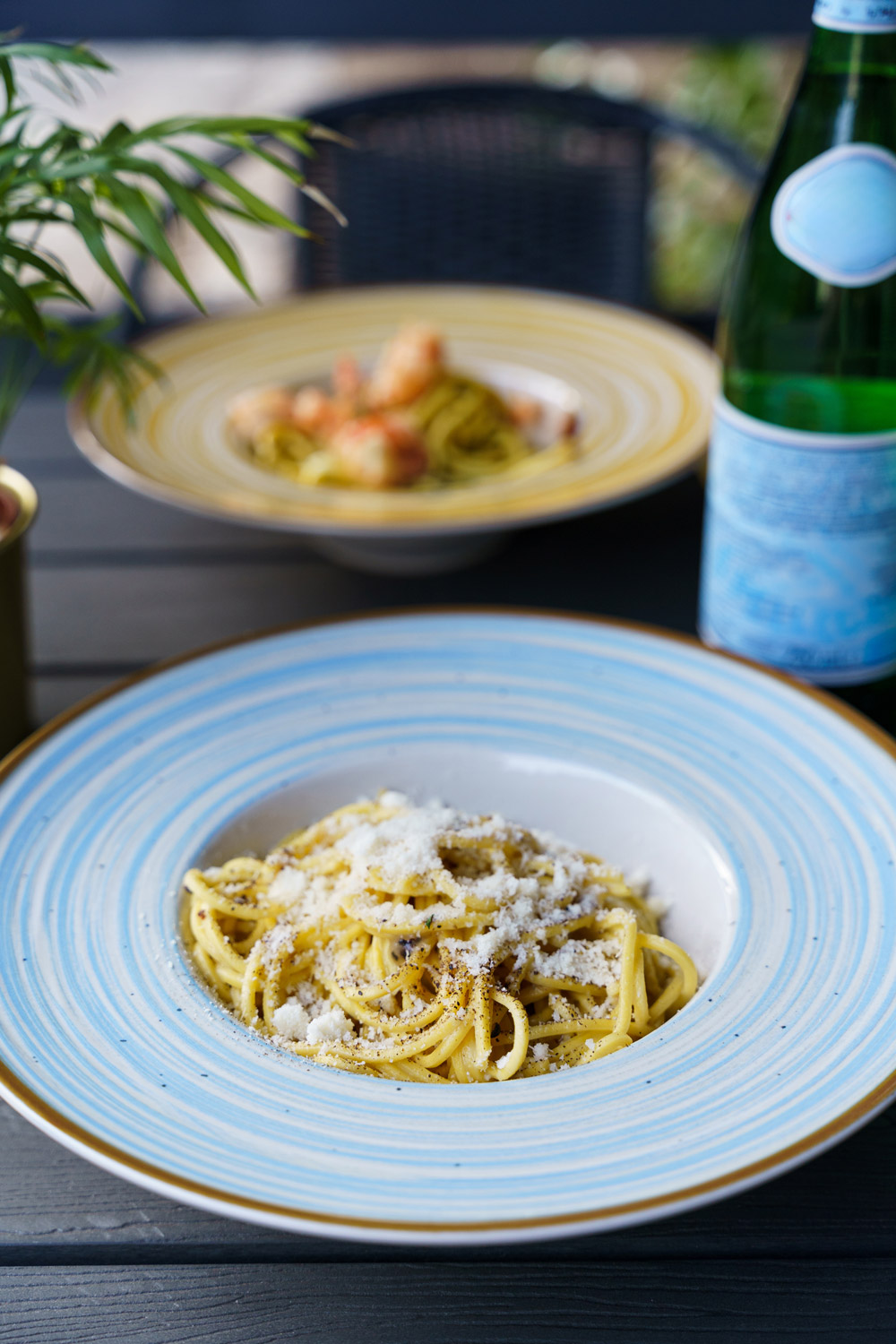
The Cacio e Pepe Furore Explained – And How To Actually Make The Italian Pasta
By
4 months ago
Why has the dish caused a frenzy across Italy?
Like so many Italian staples, the beauty of cacio e pepe lies in its simplicity. Pasta is cooked with pecorino cheese and black pepper to create a creamy, cheesy, salty dish – yet mastering it is no mean feat. It requires skillful emulsification of the cheese, and done wrong, it can turn out clumpy and congealed. Which is why Roman chefs are not happy with Good Food, which has published a recipe describing it as a ‘speedy, easy lunch’ made with ‘four, simple ingredients – spaghetti, pepper, pecorino (or parmesan) and butter’.
Adding butter is a seemingly small adjustment, but one that has caused an outcry across Italy since being spotted last week. Claudia Pica, president of the Fiepet Confesercenti, an association which represents restaurants in Italy, said it was ‘astonished’ to see the mistake on such an esteemed food website, noting: ‘There are not four ingredients, but three: pasta, pepper and pecorino.’ The association demanded a correction in order to ‘safeguard this iconic dish’ – even going as far as calling up the British embassy in Rome.
Complaints have also been sent to Immediate Media, the owner of Good Food (formerly owned by the BBC). The debacle is all over the Italian media too – Rome-based newspaper Il Messaggero, for instance, writes: ‘Paraphrasing the famous British anthem “God save the king”, Rome restaurateurs are now saying: “God save the cacio e pepe”.’
So how do you make the dish authentically? We asked an Italian chef, and delved into the science.
What’s The History Of Cacio e Pepe?
Cacio e pepe is one of the oldest Italian dishes out there, dating back to Ancient Roman times. ‘Originally created by shepherds for their long journeys while moving sheep from one place to another (transhumance), it relied on durable ingredients like dry pasta, cheese, and pepper,’ explains Stefano Turconi, Head Chef of Franco’s, one of London’s oldest Italian restaurants. ‘All they needed was a pot of boiling water to create a substantial, high-energy meal.’ The three pivotal ingredients were carefully chosen for their convenience: black pepper activates heat receptors in the body, while pasta provides energy, and aged cheese lasts for a long time.
Before long, the dish made its way to the mountains of Abruzzo and Umbria, and began being served in taverns. As Italian lore goes, chefs initially deliberately made the dish dry to encourage customers to wash down the pasta with wine. However, nowadays the pasta is renowned for its creaminess. It remains one of the most popular dishes in Rome today – and many restaurants claim to serve the city’s best version.
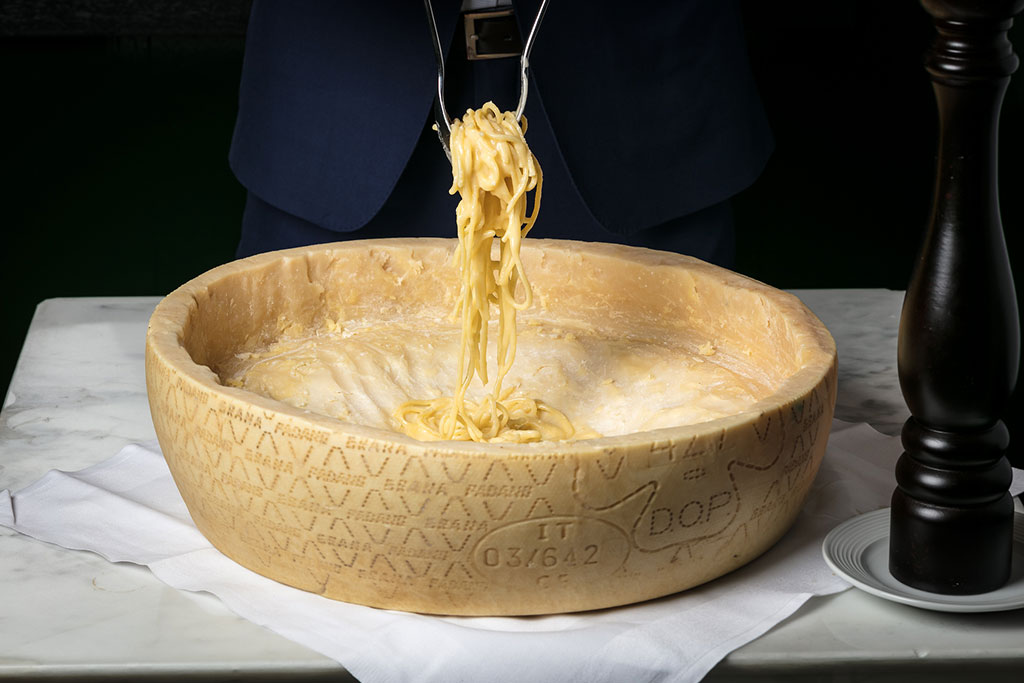
Cacio e Pepe at Il Pampero
How To Make It
‘Cacio e pepe – literally “cheese and pepper” – is one of the most popular pasta dishes from the region of Lazio,’ says Stefano Turconi, Head Chef of Franco’s, one of London’s oldest Italian restaurants. ‘With only three ingredients, spaghetti, cheese, and pepper, it’s a simple yet iconic Italian classic.’
But of course, choosing the right ingredients is crucial to the success of the dish. ‘The cheese traditionally used for cacio e pepe is Pecorino Romano, which is now mostly produced in Sardinia due to the large sheep population and abundance of sheep’s milk,’ notes Turconi. The dish is traditionally made with spaghetti, but some Italian restaurants also opt for bucatini.
Mastering cacio e pepe also requires culinary finesse: the cheese must be carefully melted with some of the pasta water to achieve a creamy, silky texture. If it becomes too hot or starchy, you’ll be left with a lumpy mess.
Earlier this year, a team of Italian researchers living in Barcelona went as far as launching a study into the science behind the dish. Author Ivan Di Terlizzi said: ‘We are Italians living abroad. We often have dinner together and enjoy traditional cooking. Among the dishes we have cooked was cacio e pepe, and we thought this might be an interesting physical system to study and describe. And of course, there was the practical aim to avoid wasting good Pecorino.’
Published in Physics of Fluids, the study found that a two to three percent starch-to-cheese ratio is optimal to achieve a smooth sauce. They also – perhaps controversially – recommended adding powdered starch, like potato or corn starch, to ensure you get the right balance. ‘Because starch is such an important ingredient, and the amount of starch can sharply determine where you end up, what we suggest is to use an amount of starch which is precisely measured,’ said Di Terlizzi. ‘And this can only be done if you have the right amount of powdered starch in proportion to the amount of cheese that you’re using.’
For example, for two people, the researchers recommended mixing 5g of starch with 50ml of water before heating it in a pan, then adding 100ml of cool water, plus the cheese and black pepper. ‘Meanwhile, cook 300g pasta in slightly salted water until it is al dente,’ they suggest. ‘Save some of the pasta cooking water before draining. Once the pasta has been drained, let it cool down for up to a minute to prevent the excessive heat from destabilising the sauce.
‘Finally, mix the pasta with the sauce, ensuring even coating, and adjust the consistency by gradually adding reserved pasta water as needed.’
Cacio e Pepe Recipe
Keen for a simpler recipe (or haven’t got any corn starch at home)? Turconi shares his below. The golden rule? Stay away from the butter.
Serves 2
Ingredients:
- 180g spaghetti
- 120g Pecorino Romano
- Black pepper to taste
Method:
- Cook the spaghetti in boiling salted water.
- While the spaghetti is cooking, place the cheese in a bowl and add a couple of spoonful’s of the cooking water directly to the cheese. Mix until you achieve a creamy consistency, then add the pepper.
- Once the pasta is cooked al dente, drain it, add the cheese mixture, and mix well.


